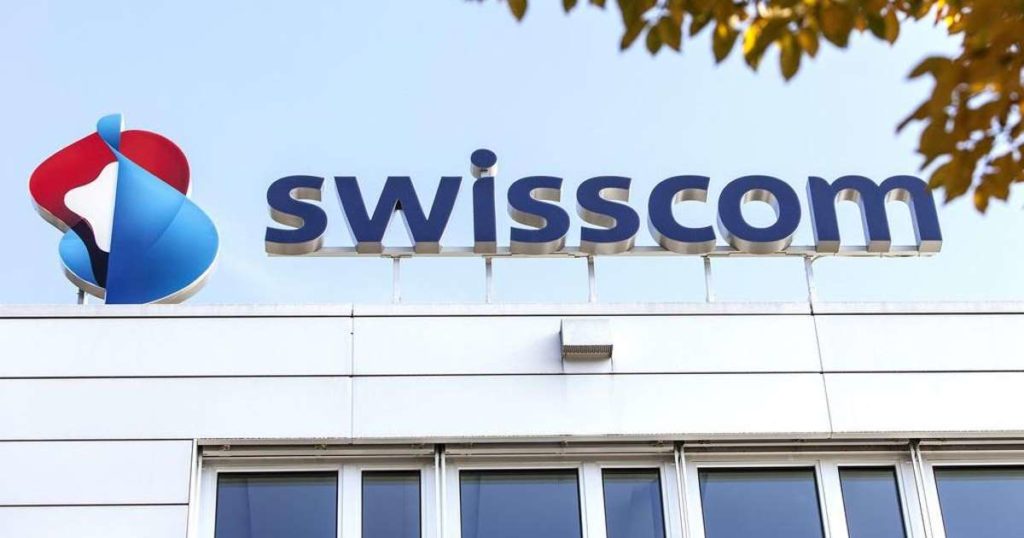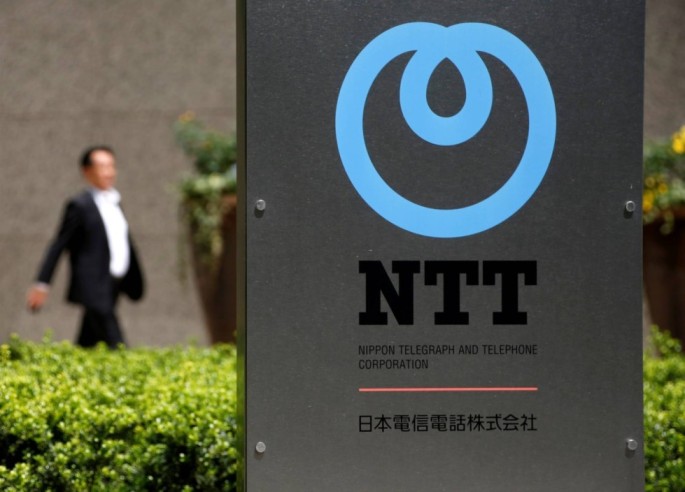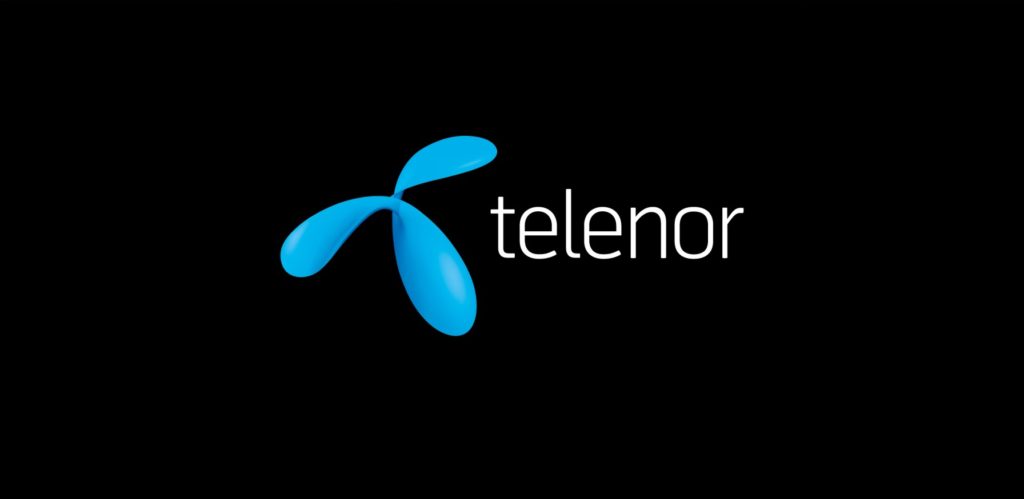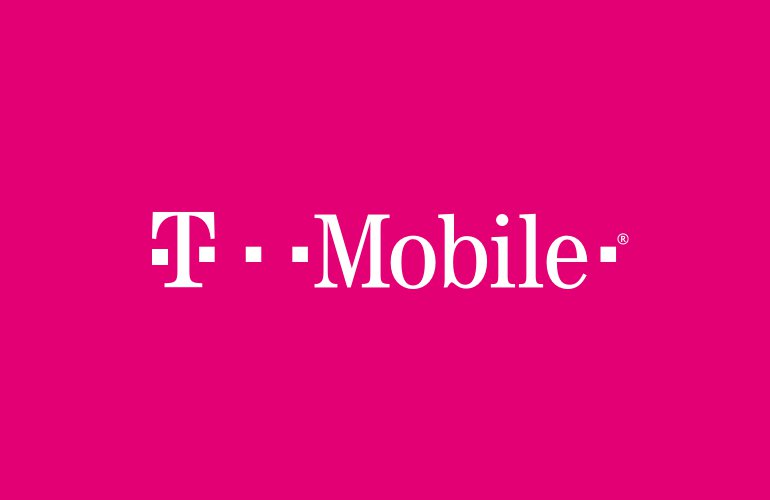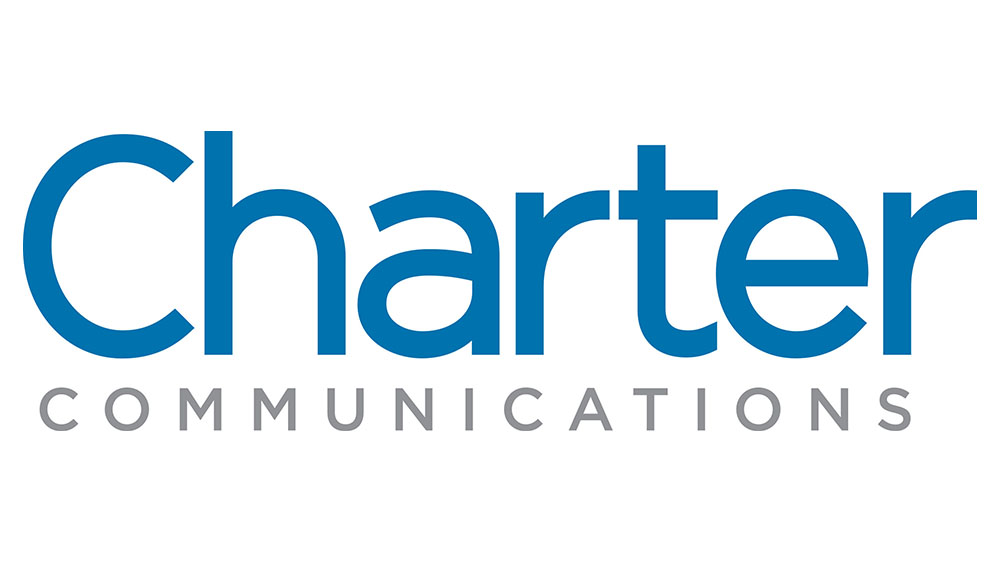Vocus Group – Operating a 30,000 km Fibre-Optic Network Specifically For Government And Business.
Vocus Group is a top provider of specialised network and fibre solutions. The company was formerly known as Vocus Communications. Vocus Group owns and operates a 30,000 km fibre-optic network that is maintained and designed specifically for government and business. The company provides straightforward and reasonably priced broadband and internet services through their well-known retail brands.
About The Company
Vocus Group was established in 2008 as a wholesale, commercial, government, and customer telecommunications service provider. The company is the second-largest provider of inter-capital fibre network in Australia. It directly offers various network services like Internet, IP WAN, dark fibre, telephony, unified communications, and cloud solutions to small, large, and corporate firms. The company also supplies its services wholesale. In addition to having an onshore networking operations centre staffed by the engineers who created the network, Vocus Group owns and runs 18 data centres in Australia and New Zealand.

History Of The Company
Entrepreneur James Spenceley established Vocus in March 2008. In 2015, Vocus Group bought Perth-based Amcom. Vocus declared profits of AU$62.25M before its merger with M2 Group on February 22, 2016, for a combined value of AU$3.75 billion. With 471,000 subscribers, this merging made Vocus Group Australia’s fourth-largest telecoms company. To improve board independence, M2 Group’s founding MD and CEO Vaughan Bowen resigned from his position as non-executive chairman of the Vocus Board in March 2018. Robert Mansfield AO, a former Telstra chairman and the first CEO of Optus, was appointed to take his place. From 28 May 2018 until Kevin Russell was appointed CEO, Michael Simmons served as Interim CEO. In October 2016, the company paid $861 million to purchase Nextgen Networks. This gives Vocus access to the infrastructure and backhaul of the National Broadband Network in Northern Australia, which serves offshore gas projects. In 2021, a consortium of MIRA and Aware Super acquired Vocus.
Vocus Group’s Acquisitions
Vocus has acquired several businesses to diversify its products and service portfolio. Vocus paid $11.7 million to ASG Group in 2014 for its data centre. For $11.7 million, it also purchased the Bentley data centre from IT service company ASG in 2014. The same year, it bought New Zealand-based FX Networks, a provider of fiber services to many of the country’s largest businesses, including numerous government organizations, telecom carriers, ISPs, and companies. [25] For $23.5 million, it purchased Enterprise Data Corporation, which included two data centres in Sydney and Melbourne. Vocus increased its stake in Western Australia in 2015 by buying a 10% interest in Telecom NZ’s SEA-ME-WE 3 Cable.
CEO – Kevin Steven
Kevin Steven Russel serves as the CEO, Executive Director, and Group Managing Director of Vocus Group. He has international expertise and has worked in the telecoms sector for more than 20 years in Australia, the UK, the United States, and Israel. He has proven through time that he has the leadership skills necessary to drive change and enhance corporate performance. He is a Member of the Institute of Chartered Accountants Scotland and possesses a Bachelor of Arts in Accounting and Computer Science from Heriot-Watt University in Edinburgh.
Founder – James Spenceley
James Spenceley founded Vocus Communications, which is now known as Vocus Group. After increasing its yearly sales to $67 million in 2013, Spenceley ranked 81st on the BRW’s Young Rich list. After Vocus merged with Perth-based Amcom, he became one of the youngest Aussies in history to lead a business valued at over $1 billion. In addition to being inducted into the Telecommunications Industry Hall of Fame in 2018, he has twice been recognized for his entrepreneurial accomplishments by taking home the Ernst and Young Australian Entrepreneur of the Year Award.

I am a law graduate from NLU Lucknow. I have a flair for creative writing and hence in my free time work as a freelance content writer.
